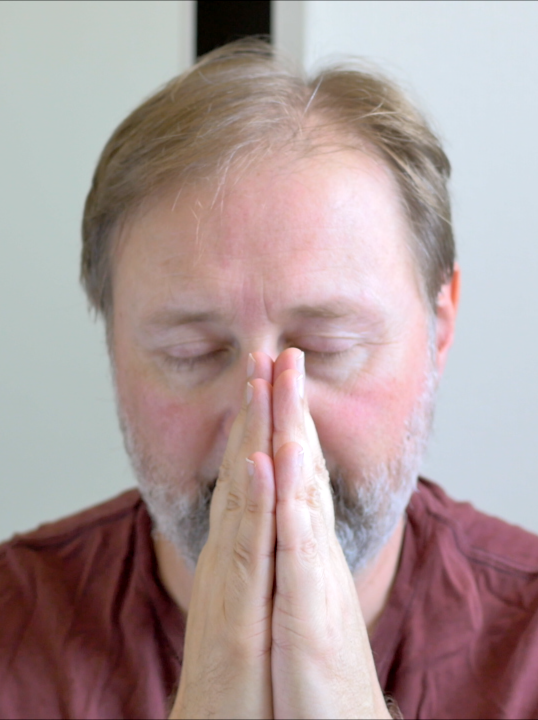
Yes. ‘Groundhog Day’. It is perhaps not the coolest, hippest film choice I could have made, but, in all honesty, it is a film that has rarely been equalled in it’s combination of profundity and humour.
The Story
I am sure I don’t need to tell you the basic outline of this plot, as the film has woven itself into the lexicon of western culture, but, here goes.
Groundhog Day tells the tale of jaded TV weatherman Phil Connors who goes to Punxsutawney, Pennsylvania to report on the annual Groundhog Day festivities. He then gets stuck in a time loop and repeats the same day over and over. As he reruns the day over and over – we never find out how many times, but it is implied it is in the tens of thousands of days – he goes through many stages. First disbelief, then fun, then boredom, then despair and then finally an awakening.
My Significant Film
I love the film because of it’s natural simplicity. In fact, it’s so simple that at first viewing you can easily miss – as even influential film critic Roger Ebert admitted he did – the film’s deeply profound and spiritual meaning. The film shines after repeated viewings. It has touched and inspired thousands, if not tens of thousands, of people from all walks of life around the planet. It has influenced popular culture. It has been praised by Buddhist and Christians.
And it’s funny.
But it has darkness, not black comedy. That is also very appealing to me. Life is full of humour and tragedy, and the combination of this also adds to the film’s natural, unpretentious feel.
It’s a film I would love to make. It embodies pretty much everything I like about story-telling and filmmaking. It’s simple on the surface, the story is laden with reveals and understated philosophy. The directing is solid, and minimal. It has some rom-com schmaltz that actually serves the purpose of pulling the film out of a very dark place.
The Script
From a (unproduced) screenwriter’s perspective the script is tight and clever. With a celebrated comedian in the starring role, and a very experienced comedic writer-director, without a doubt some scenes were improvised, but even taking that away there is a polished aspect that can only come from many revisions.
The script combines comedy and fantasy, but does so without any pre tense or edifice. In fact, this is the film’s charm – the absolutely natural way that Phil Connors reacts to his situation.
The script is a perfect example of seed planting and foreshadowing. Right from the opening line, the script tells you exactly where you are going to go. The opening line is this:
‘Someone asked me, if you could be anywhere in the world, where would you like to be?’
Throughout the setup of the film – the first 20 minutes before Phil gets stuck in the loop – many characters talk about being stuck, and planning for their future.
The Production
The film had a budget of $15 million. For the early 1990’s, that was not a small budget, but looking at the film you can see that there are many large set pieces involving lots of extras. But, for the rest of the film, it is small and intimate. For a ‘fantasy’ film (actually on AFI’s top 10 fantasy films) there are no special effects (don’t count the Groundhog!). It is just straight filmmaking. The film was shot over the course of less than a month.
The Money
On initial theatrical release the film did very well – grossing over $70 million in the US, with a further few millions in other major markets – but in the 20 years since its release it must been in the hundreds of millions of dollar around the world. It still ranks as a popular online sale and rental, when most other comedies from that time have been left behind.
Recognition
The film has been recognised by the AFI and designated a national treasure by the Library of Congress. Not bad for a rom-com fantasy.
References
